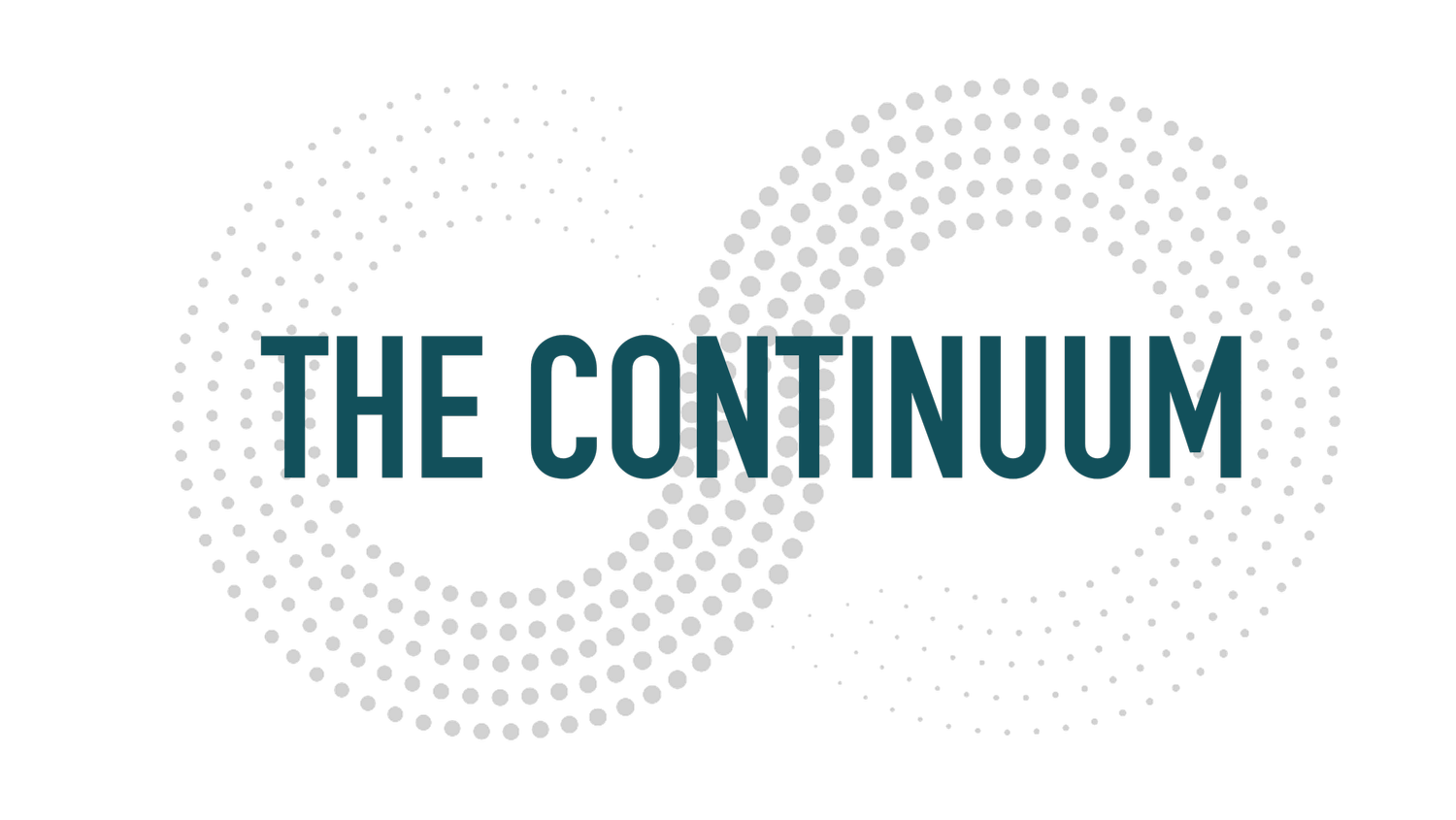Innovation: A Marketing and Media Perspective
At its core, innovation is a balance. It's as much about incorporating new ideas and products as it is taking what already exists and discovering ways to use it in smarter, more effective ways. The best companies do both. Whether it's a new technology, a new strategy, or new ways to interpret data, the goal is always the same—better results.
“Innovation is about taking what already exists and making it better. It’s about trying new things, pushing ideas further, and making sure everything works harder.”
—Taylor Crumpler, Supervisor, Search and Social at Quigley-Simpson
In marketing and media, innovation isn’t about implementing every new tool or theory you come across. It’s about having a sense for which ones can make an impact in your specific situation. AI, automation, and real-time data are incredible tools changing how we work, but simply using these tools isn’t enough. Innovation is not just about using new tools; knowing how to apply them is key.
For Taylor Crumpler, Supervisor, Search and Social at Quigley-Simpson, innovation is about combining new technology into existing strategy to create advantages in effects and approach while making sure it’s backed by clean, useful data.
“Technological advancement alone isn’t innovation. It’s about how we integrate these tools into decision-making that really makes the difference.”
Being the first to use something new only matters if it’s something that actually moves the needle for the client.
Innovation in Marketing and Media
Crumpler breaks it down into two main areas:
1. Using Tech and Data the Right Way
AI-powered tools like ChatGPT, Copilot, and predictive analytics are everywhere. They promise efficiency, but they’re only as good as the marketers using them. A tool on its own doesn’t drive results. It’s all about how you apply it.
2. Adapting to Change Without Falling Behind
Google, Meta, and other platforms update their algorithms, ad formats, and targeting options all the time. Staying ahead means embracing change, testing new strategies, and being willing to adjust when needed.
“It’s on us as strategists to take these tools and make them work to our advantage. That’s how we stay ahead of the competition.”
Examples of Innovation in Action
Fixing Attribution Bias
A common challenge in digital marketing is figuring out which channels actually drive conversions. Crumpler’s team used Multi-Touch Attribution (MTA) to uncover some hidden insights.
A client had been relying on Google Analytics, which, unsurprisingly, gave most of the credit to Google Ads. But once they layered in MTA tools, they realized Meta ads played a much bigger role in the customer journey than previously thought. The result? The client shifted their budget and saw their return on ad spend triple.
Adjusting to Google's AI-Powered Changes
As of April 1st, Google will replace conversion-optimized video campaigns with Demand Gen. Instead of sticking to the old way of doing things, Crumpler's team will test the new AI-driven model against their previous strategies. Comparing the new results to old benchmarks will give them a clear picture of what works best. They can then use that data to refine their media approach and improve results.
Marketing and media are constantly evolving. Innovation isn’t a single moment. It’s an ongoing process of testing, adjusting, and improving.
The people who get ahead aren’t the ones who jump on every new trend. Instead, it’s the ones who know what actually makes a difference, put it to the test, and use the results to fine-tune their approach.
March 28, 2025
© 2025 The Continuum
